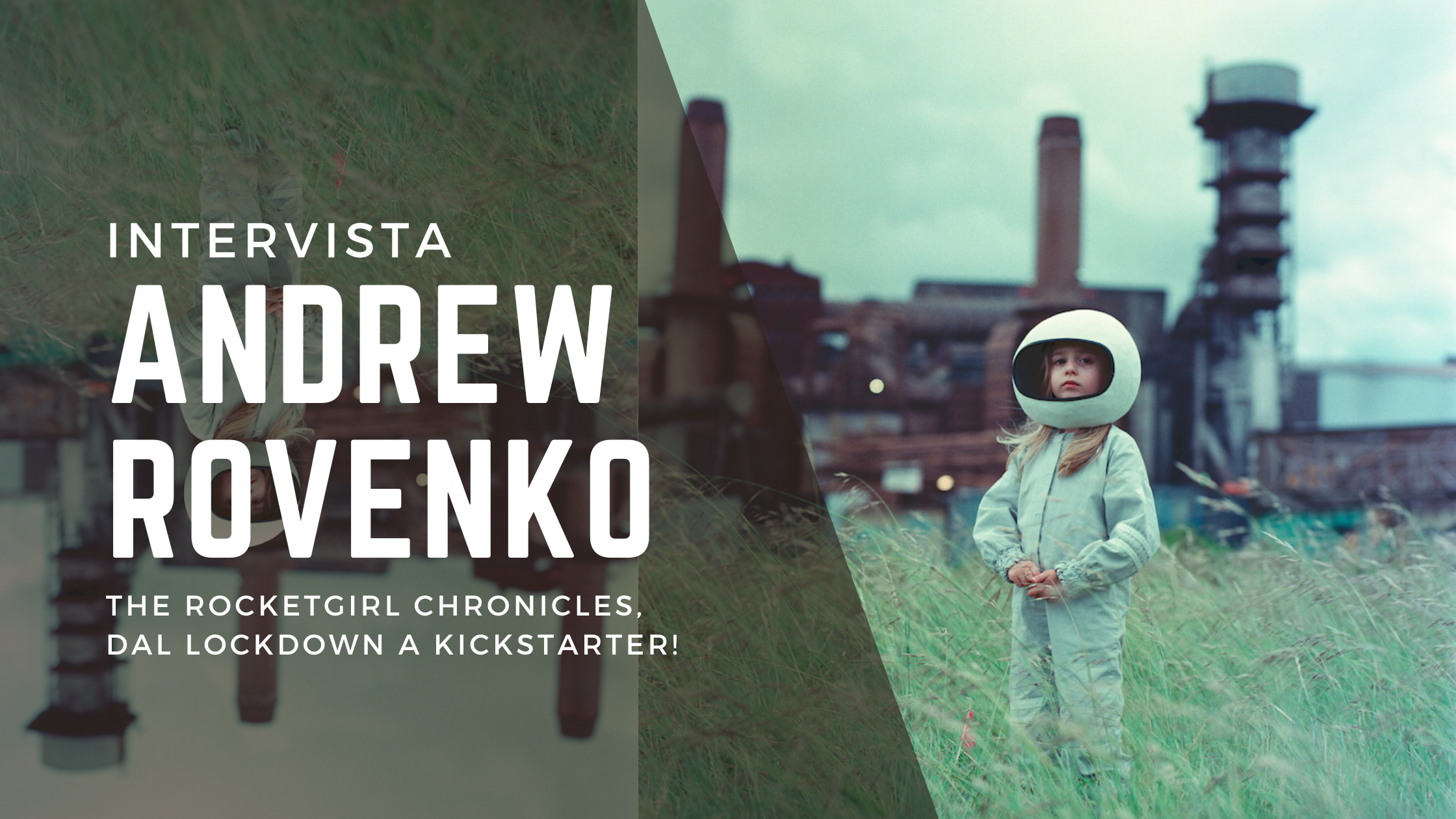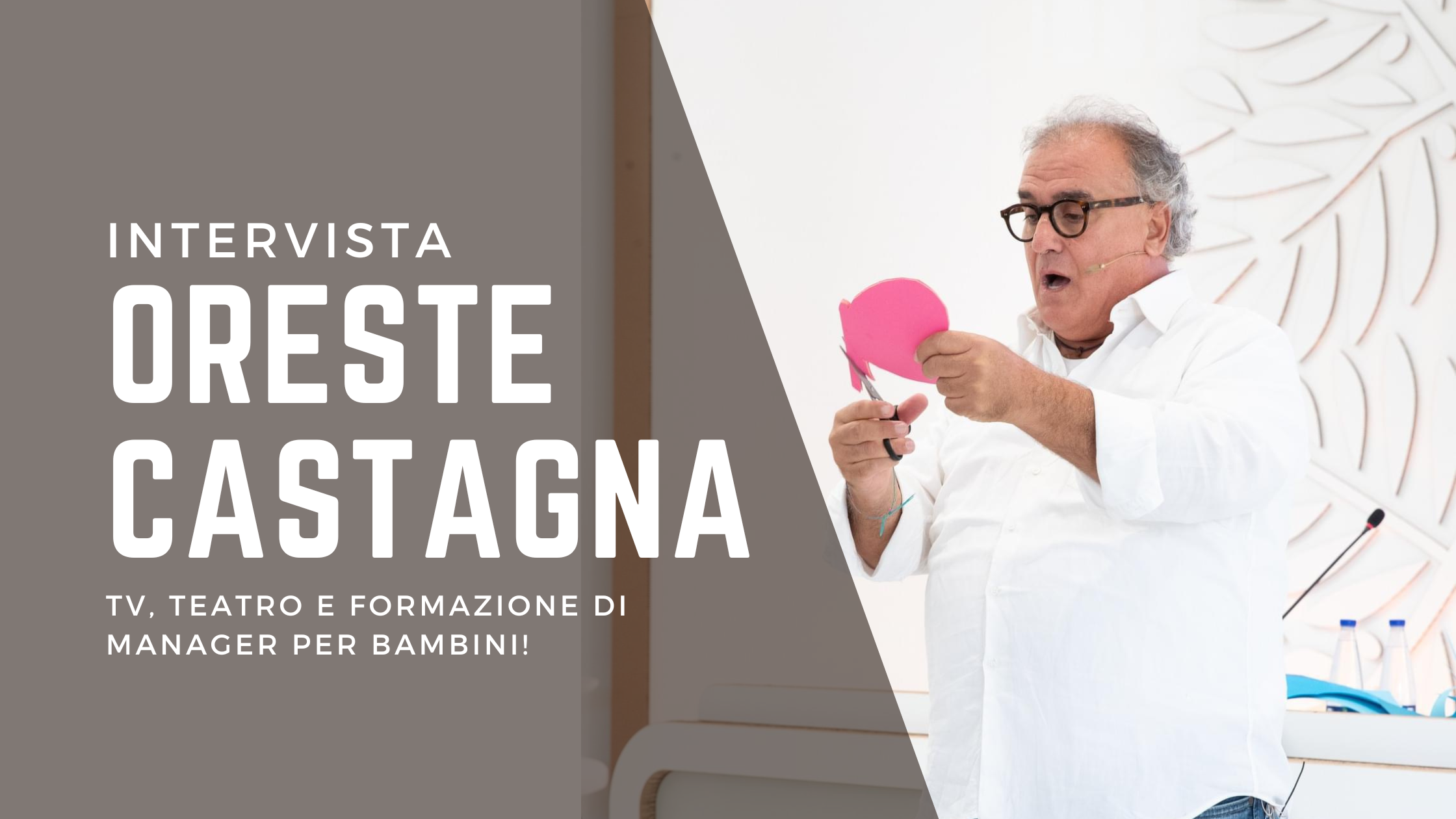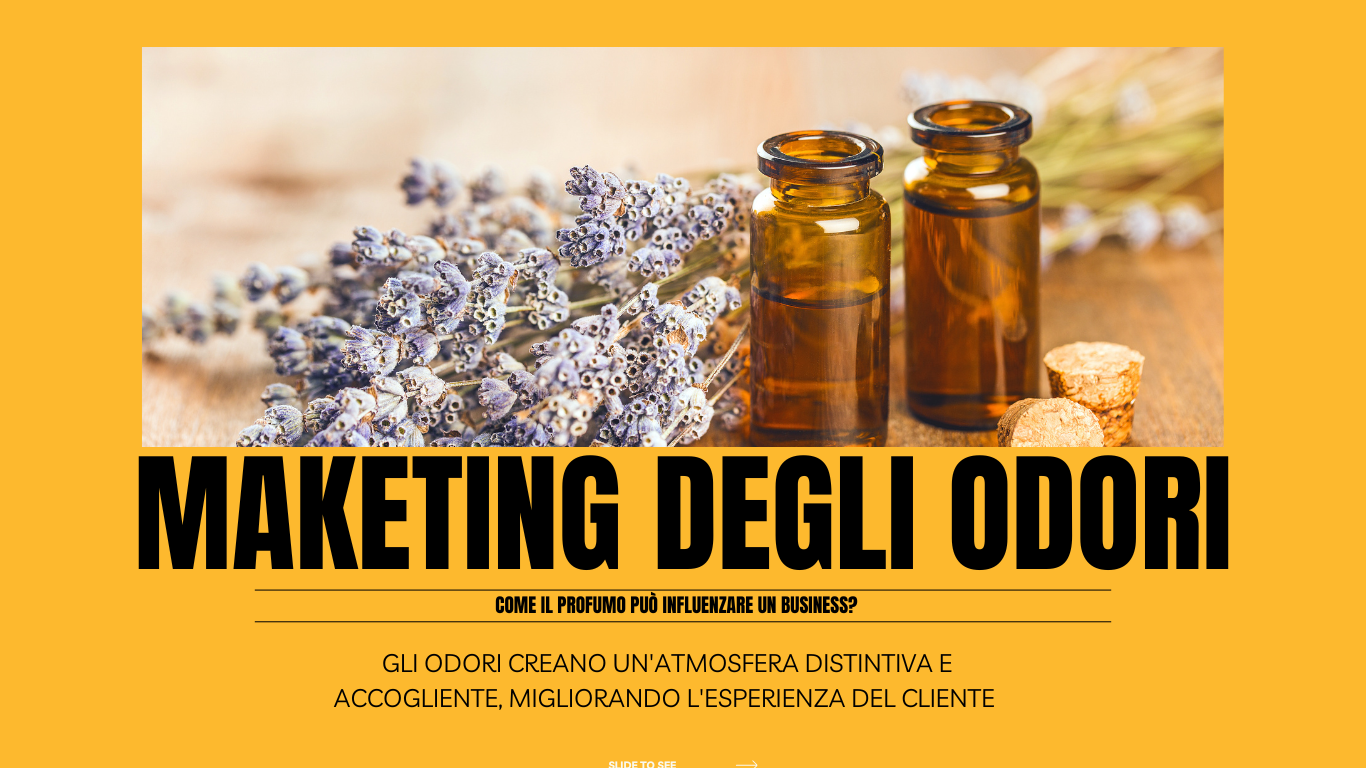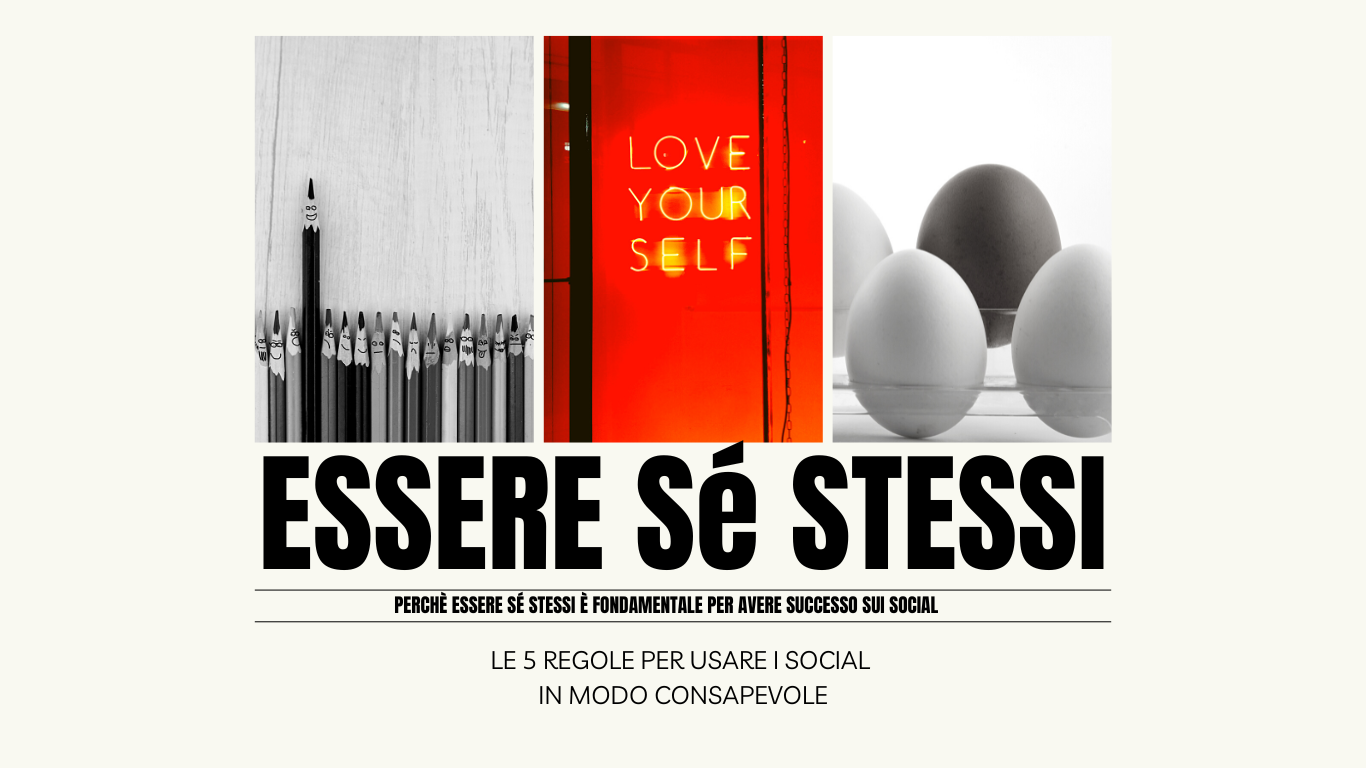Qualche settimana fa mi sono imbattuta in un progetto spaziale su instagram, la pagina di Andrew Rovenko, fotografo, che ha creato una narrazione fotografica in pieno lockdown per alleggerire l’oppressione del momento a sua figlia Mia di 4 anni.
Complice sua moglie diplomata in costume Design Teatrale e una vecchia macchina analogica è nato, inconsapevolmente, un progetto surreale e spaziale che sta diventando un libro!
Io e Andrew abbiamo parlato della sua storia, dei social media, ovviamente, e di intelligenza artificiale. Buona lettura!
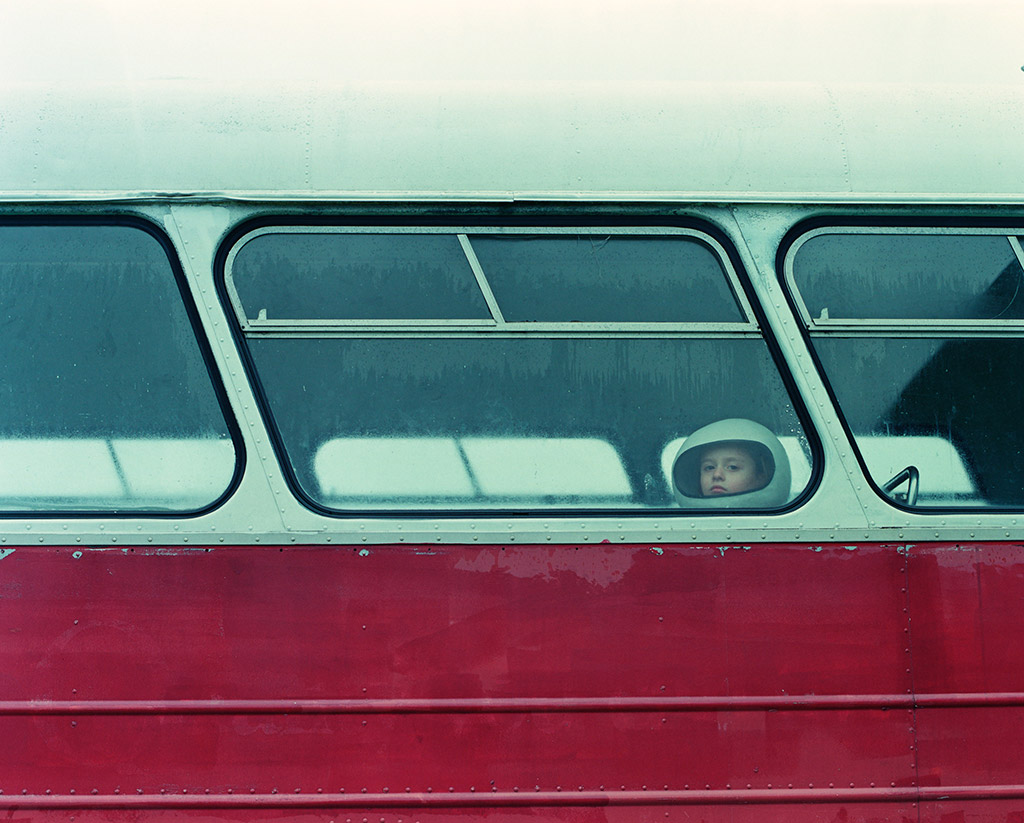
Cosa ti ha inizialmente attratto nel campo della narrazione e delle arti visive e come hai iniziato la tua carriera?
È stato un processo un po’ invertito, perché penso che sia stata l’assenza di telecamere o abilità fotografiche nella nostra famiglia a fungere da primo stimolo per risvegliare il mio interesse.
In quelle rare occasioni in cui mio nonno veniva a trovarci con la sua macchina fotografica “Chaika”, ero naturalmente attratto da quel misterioso dispositivo che non mi era permesso utilizzare, rendendolo ancora più desiderabile.
Quindi, una volta cresciuto abbastanza da avere una mia macchina fotografica, è iniziato il mio percorso, inizialmente come hobby.
Poi mi è stato chiesto di lavorare come freelance per una rivista di lifestyle locale e questa è stata davvero la migliore scuola che potessi desiderare. La varietà di incarichi si è tradotta in esperienza nell’apprendere tutti gli stili di fotografia “sul campo”, e con ogni nuova edizione in cui veniva pubblicato il mio lavoro, cresceva in me la fiducia per potermi definire, alla fine, un fotografo.
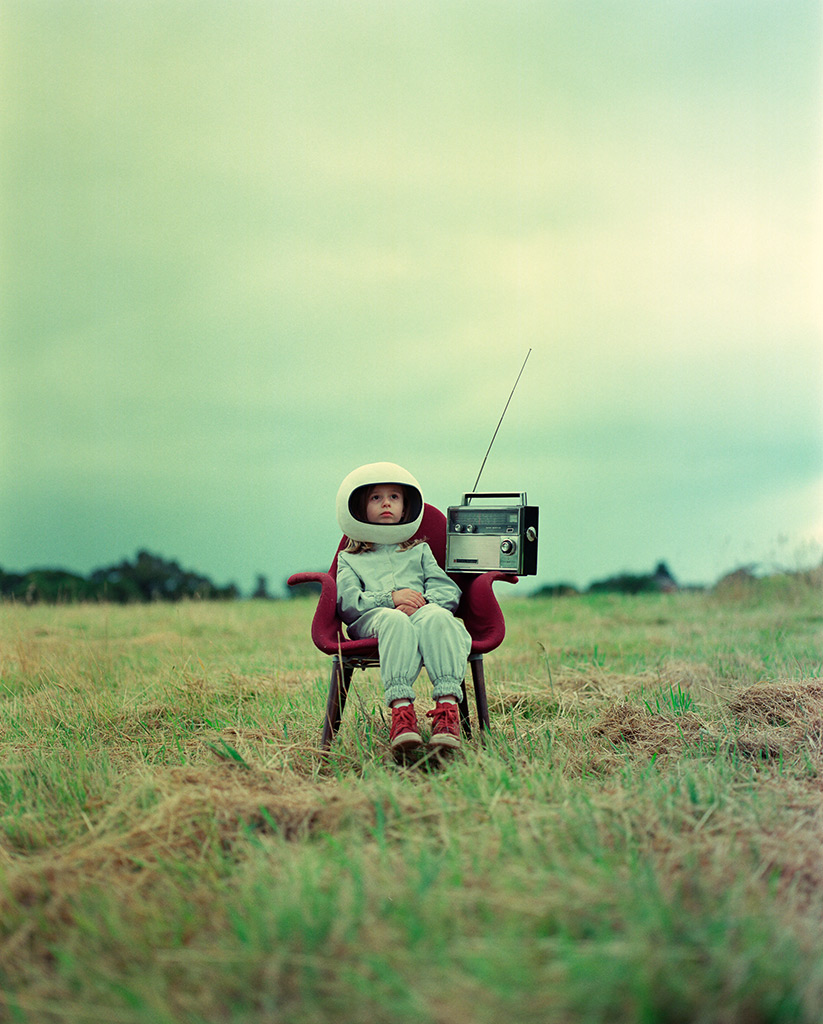 Come affronti il processo creativo e quali metodi o tecniche utilizzi per dare vita alle tue idee?
Come affronti il processo creativo e quali metodi o tecniche utilizzi per dare vita alle tue idee?
L’approccio creativo è in continua evoluzione, poiché nel tempo i nostri interessi e la percezione cambiano. In passato, prestavo molta attenzione agli aspetti tecnici del processo fotografico e, sebbene mi abbia sicuramente aiutato a ottenere buoni risultati, ora sono più interessato al lato emotivo della fotografia.
Quindi, invece di concentrarmi su trucchi di illuminazione o cercare di “catturare” situazioni, preferisco rallentare, immergermi nel presente e cercare scene che possano aiutare a tradurre la sensazione del momento e rappresentarla in un’immagine fissa. E l’utilizzo di una vecchia macchina fotografica a pellicola che non ha la messa a fuoco automatica o la misurazione della luce mi aiuta davvero a concentrarmi su questo, poiché non c’è semplicemente la possibilità di scattare dozzine di foto.
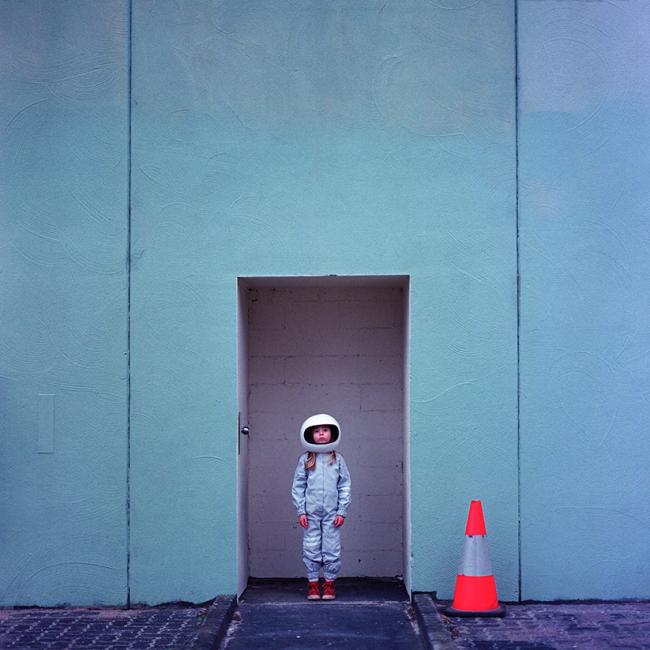
Cosa ti ha ispirato a creare il progetto “The Rocket Girl Chronicles” e quale messaggio vuoi trasmettere?
La cosa divertente è che The Rocket Chronicles non era destinato ad essere, inizialmente, un progetto fotografico.
All’apice della pandemia globale, Melbourne ha attraversato 6 lockdown per un totale di oltre 240 giorni di restrizioni.
E quando il sesto lockdown è arrivato a piena forza e nostra figlia di 4 anni, Mia, era bloccata nelle stesse quattro pareti, con solo due ore di prezioso tempo all’aperto da utilizzare per passeggiare in strade troppo familiari (dato che anche i parchi giochi erano chiusi) – abbiamo avuto bisogno di inventare qualcosa per occupare la sua mente sempre curiosa e offrirle nuove esperienze nel nostro raggio di spostamento di 5 km.
Mia era sempre ossessionata da tutto ciò che riguarda lo spazio, il tema era già definito e giocare sul suo interesse naturale sembrava un successo garantito. Inoltre, fortunatamente, mia moglie Mariya ha un diploma in Costume Design Teatrale!
Quindi la prima cosa che abbiamo fatto è stato un progetto artigianale familiare, con nostra figlia di 4 anni che ha attivamente aiutato (o disturbato, a seconda di come la si guarda) nella creazione della tuta spaziale e del casco di carta maché.
Poi la piccola astronauta ha iniziato ad esplorare il quartiere, inizialmente, nelle prime esplorazioni, non avevo nemmeno appresso la macchina fotografica. Ma poiché molti hobby sono rinati durante il lockdown, la mia vecchia Mamiya a medio formato ha iniziato a fare la sua comparsa per catturare alcuni ricordi di famiglia.
Una volta sviluppate alcune di quelle pellicole, le immagini sembravano piuttosto surreali, quindi la macchina fotografica è diventata una compagna regolare, anche e non è stata la ragione principale delle nostre avventure.
Per quanto riguarda il messaggio, penso che fornire un contesto visivo ma lasciare l’interpretazione allo spettatore sia una delle cose più potenti dell’arte, e dare spazio all’immaginazione individuale è molto importante. Quindi incoraggio davvero tutti a esplorare i propri pensieri e sentimenti anziché cercare il messaggio dell’autore.
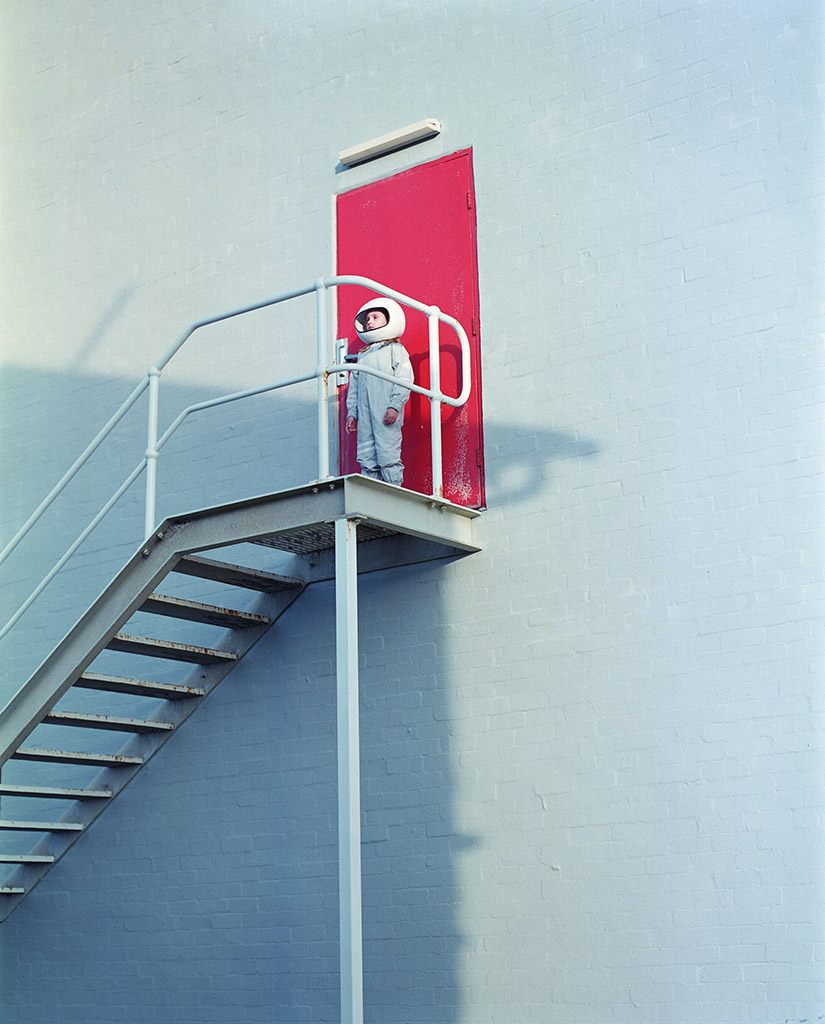
Ci sono progetti futuri per “The Rocket Girl Chronicles”, come ulteriori episodi o adattamenti ad altri formati media? Cosa pensi di Kickstarter?
Sarebbe stato davvero fantastico realizzare un cortometraggio basato sulle nostre spedizioni ma purtroppo non ho avuto l’opportunità o le competenze per documentarle anche in video, quindi in questo momento mi sto concentrando sulla realizzazione del libro della serie. E grazie al generoso supporto dei sostenitori su Kickstarter, questo progetto è ora pienamente in corso e se tutto va come previsto, spero di avere la pubblicazione pronta intorno a settembre. Oltre a questo, solo il tempo dirà cosa accadrà.
In che modo i social media hanno influenzato il tuo lavoro come narratore di storie e artista visivo, e quale ruolo credi che essi abbiano nelle industrie creative odierne?
I social media sono un po’ una spada a doppio taglio. Da un lato, democratizzano l’accesso alla creatività, offrendo l’opportunità di raggiungere un vasto pubblico evitando i curatori istituzionali e le gallerie, qualcosa che gli artisti del passato potevano solo sognare.
D’altra parte, la quantità complessiva di rumore generata dai social media, la dipendenza dagli algoritmi e l’impegno spesso richiesto per avere successo possono diventare troppo opprimenti.
Utilizzo i social media principalmente per esplorare e tenere aggiornati i miei interessi visivi e, ovviamente, mi permette di mostrare le mie opere a persone di tutto il mondo (anche se solo su uno schermo del telefono).
Ma al di là dell’ispirazione generale e della consapevolezza di ciò che c’è là fuori, i social media non definiscono realmente la mia pratica creativa, poiché lasciarsi influenzare troppo dagli altri può portare a perdere la propria individualità.
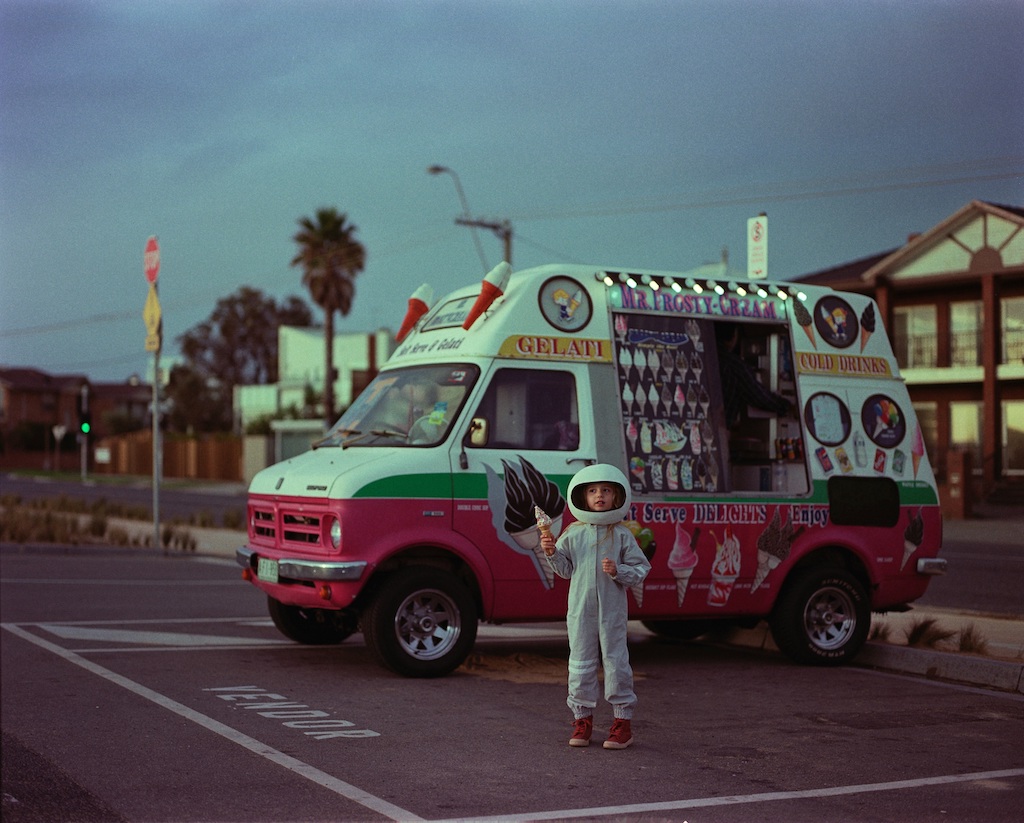
Quali consigli hai per gli aspiranti narratori e artisti visivi, e cosa vedi come futuro dell’industria?
Sperimenta molto, esplora temi fino a trovare quello che ti tocca profondamente, impegnati al massimo e ripeti.
Per quanto riguarda il futuro, uno dei temi più discussi al momento è l’impatto dell’IA, e posso solo immaginare che diventerà sempre più prominente come strumento creativo.
Sono molto interessato a vedere dove tutto ciò potrebbe portare, e quale nicchia l’arte basata sull’IA si ritaglierà nel crescente panorama dei mezzi esistenti che coesistono oggi.
Quali consigli hai per altri narratori e artisti visivi che stanno cercando di costruire la propria presenza online e promuovere il proprio lavoro sui social media?
Non sono un esperto in questo campo, dato che il mio percorso sui social media è stato piuttosto organico finora, ma penso che una delle cose più importanti sia universale per ogni mezzo o artista: mantenere un certo livello di coerenza. Trovare “la tua cosa” e rimanere fedele ad essa ti aiuterà a costruire e aumentare le possibilità di diventare noto per qualcosa di specifico.
Vi invito a dare uno sguardo al sito di Andrew!
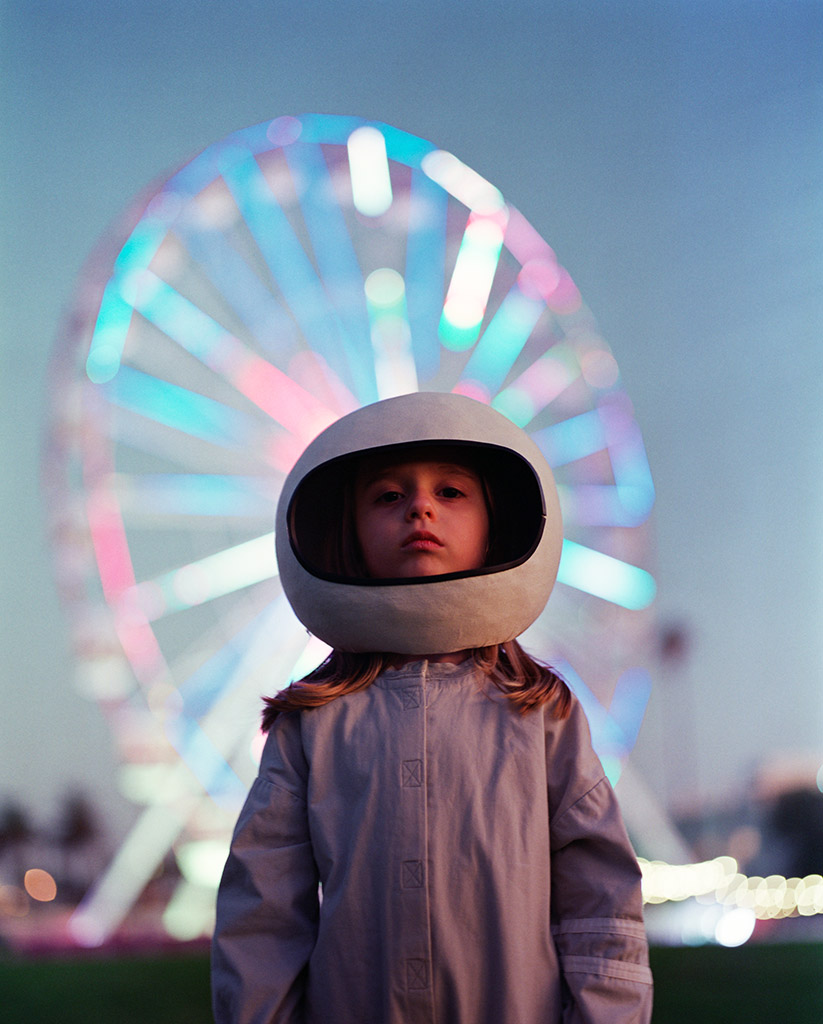
Versione inglese Originale
A few weeks ago, I stumbled upon a space-themed project on Instagram, Andrew Rovenko’s page. He’s a photographer who created a photographic narrative during the full lockdown to lighten the heaviness of the moment for his 4-year-old daughter, Mia.
With the help of his wife, who has a diploma in Theater Costume Design, and an old analog camera, they unintentionally gave birth to a surreal and space-themed project that is now turning into a book!
Andrew and I talked about his story, social media, of course, and artificial intelligence. Enjoy the read!
1. What initially drew you to the field of storytelling and visual arts, and how did you get started in your career?
It was a bit of a backwards process, because I think it was the absence of cameras or photographic skills in our household that served as the very first trigger to awaken my interest.
On those rare occasions when my granddad would come for a visit with his half-frame
“Chaika” – I’d be naturally drawn to this mysterious device that I wasn’t allowed to use, which only made it a thousand times more desirable.
So once I was old enough to get my own camera – the photographic journey started, first as a hobby. Then one thing after another, I was invited to freelance for a local lifestyle magazine, and this was really the best practical school anyone could wish for. The variety of
assignments translated into experience in shooting all styles of photography “in the field”,
and with every new edition that had my work published in it came a little bit more
confidence to eventually start calling myself a photographer.
2. How do you approach the creative process, and what methods or techniques do you use to bring your ideas to life?
The creative approach is always evolving, as with time our interests and perception change. Earlier on, I paid a lot of attention to the technical aspects of the photographic process, and while it definitely helped achieve good results – now I’m more interested in the emotional side of image taking.
So instead of focusing on lighting tricks or trying to “catch” situations, I prefer to slow down, immerse myself into the present and look for scenes that can help translate the feeling of the moment and represent it in a still image. And using an old film camera that doesn’t have auto-focus or light metering capability really helps to concentrate on that, as there’s simply no option to be “clicking away” taking dozens of pictures.
3. What inspired you to create “The Rocket Girl Chronicles” project, and what message do you hope to convey through it?
The funny thing is, this wasn’t even supposed to be a photography project at first.
At the height of the global pandemic, Melbourne went through 6 lockdowns with a total of over 240 days under the restrictions.
And when the 6th lockdown hit at full strength and our 4 year old Mia was stuck in the same four walls, with the two hours of precious outdoor exercise time being used for strolling all too familiar streets (as the playgrounds were closed too) – we needed to invent something to keep her ever curious mind occupied, and feed her some new experiences within our 5km travel radius.
And since Mia was always obsessed with all things space – the theme was already defined for us, as playing to her natural interest seemed like an easy win.
Luckily, my wife Mariya has a diploma in theatre costume design from many years ago, and you never know when any skill might come in handy.
So the very first thing was a family craft project, with our 4 year old actively helping with (or disrupting, depending on how you look at it) the creation of the space suit and paper mache helmet.
Then the little astronaut started exploring the neighbourhood, and I didn’t even have a camera on our first expeditions. But since many hobbies came back to life in lockdown, my old medium format Mamiya started making an appearance to capture some family memories.
Once I developed some of those rolls – the images looked quite surreal, so the camera became a regular companion, but it’s still not the main reason for our adventures.
And regarding the message – I think that providing a visual context but leaving the interpretation to a viewer is one of the most powerful things about art, and giving that space for individual imagination is very important. So I really encourage everyone to explore their own thoughts and feelings rather than look for the author’s message.
4. Are there any future plans for “The Rocket Girl Chronicles,” such as additional installments or adaptations to other media formats? And What about Kickstarter?
It would have been really amazing to make a short film based on our expeditions, but unfortunately I didn’t have an opportunity or skill to document them on video as well, so at this moment I am focusing on making the book of the series. And thanks to the generous support of the Kickstarter backers, this project is now fully underway and if all goes to plan I’m hoping to have the publication ready around September. And beyond that only time will tell.
5. How has social media impacted your work as a storyteller and visual artist, and what role do you believe it plays in today’s creative industries?
Social Media is a bit of a double edged sword. On one hand it really democratises access to creativity, giving an opportunity to reach huge audiences while bypassing institutional curators and galleries, something that artists of the past could only dream of.
On the other hand – the overall amount of noise that social media generates, the dependence on algorithms as well as commitment that is often required to succeed there can be just too much.
I use social media mainly to explore and keep up to date with my areas of visual interest, and of course it gives me the ability to show my works to people far and wide (even if just on a phone screen).
But beyond general inspiration and awareness of what’s out there, it doesn’t really define my creative practice, as becoming too influenced by others can lead to losing individuality.
6. What advice do you have for aspiring storytellers and visual artists, and what do you see as the future of the industry?
Experiment a lot, explore themes until you find one that pulls at your heartstrings, give it your best effort and repeat.
As for the future of the industry, one of the most discussed topics at the moment is the impact of AI, and I only can see it becoming more and more prominent as a creative tool.
I am quite interested in seeing where it all might lead, and what kind of niche AI art will carve out in the growing landscape of mediums that co-exist today.
7. What advice do you have for other storytellers and visual artists who are trying to build their online presence and promote their work on social media?
I’m hardly an expert here, as my social media journey has been quite organic so far, but I think one of the most important things is universal for any media or artist – it is having a certain level of consistency. Finding “your thing” and sticking to it will help build it up and give a better chance of becoming known for something.
